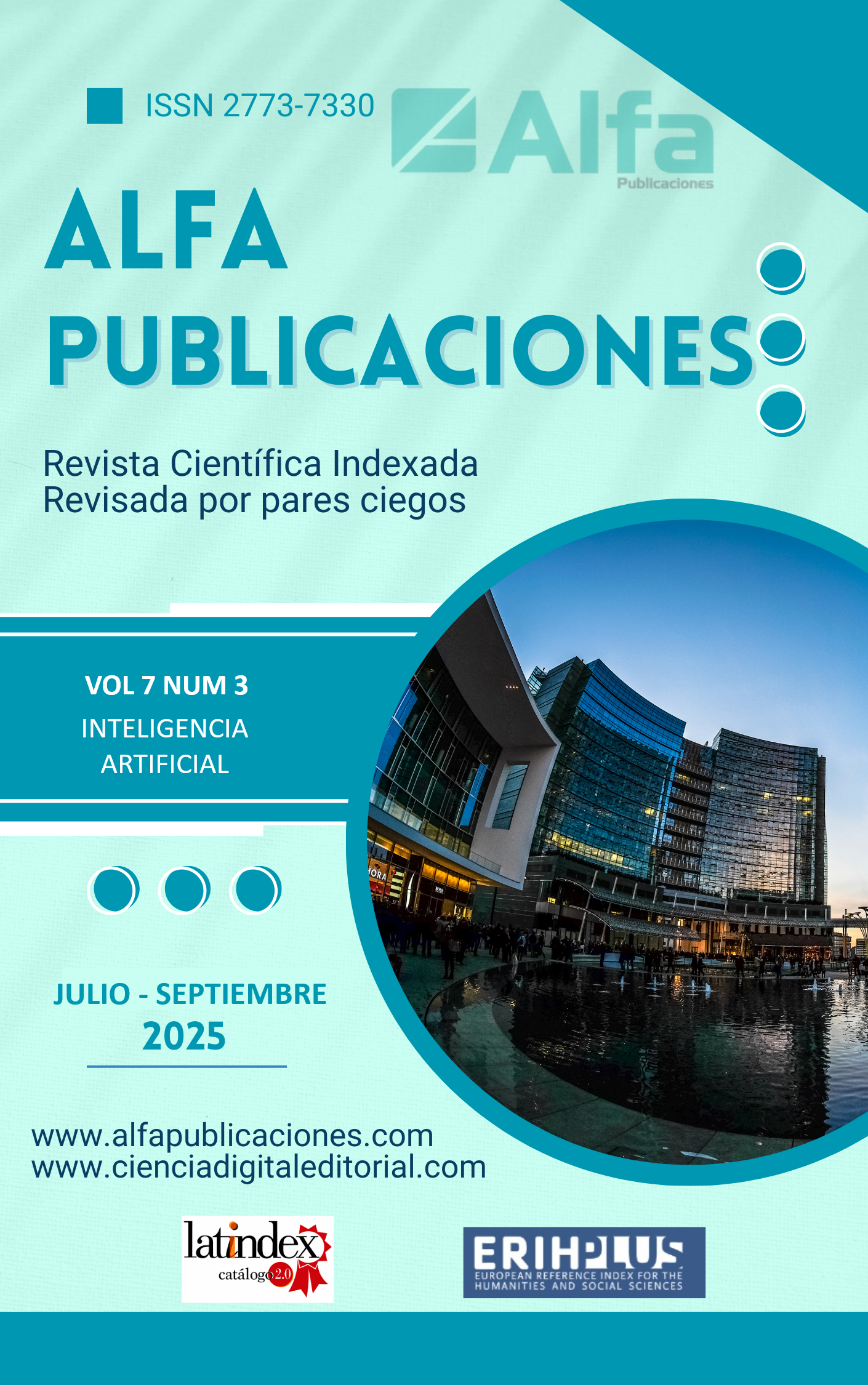Bioclimatic adaptation and sustainability of vernacular architecture in Rumicruz, Chimborazo: a multiple case study
Main Article Content
Abstract
Introduction. Introduction: Vernacular architecture uses local knowledge and materials to adapt to the Andean climate and culture, but migration and modernization threaten its value and social cohesion. Preserving it is key to sustainability and community memory. Objective. Therefore, this research aims to: Analyze the formal, functional, constructive, and bioclimatic characteristics, the context and state of conservation of six vernacular houses in the community of Rumicruz, with the purpose of contributing to the rescue, valuation, and preservation of its traditional architecture. Methodology. Qualitative and descriptive research of six vernacular houses in Rumicruz, Chimborazo, combining field work and documentary review. With ethnographic method, it analyzes formal, functional, and bioclimatic aspects through visits and empirical and theoretical data. It includes dwellings and inhabitants, whose knowledge is key to value traditional architecture as a heritage and sustainable model. Results. In Rumicruz, at more than 3200 meters above sea level, six old vernacular dwellings, mostly abandoned, are in a small area for security and access to local materials. They have compact volumes, adobe, and mud walls, sloping thatched roofs and few openings to conserve heat, with orientations that protect from the wind and take advantage of the sun. Internally, multifunctional spaces reflect traditional lifestyles. Their passive bioclimatic design optimizes thermal comfort, supported by wooden structures and local materials, although recent changes have affected their original efficiency and functionality. Conclusion. The vernacular architecture of Rumicruz is an efficient bioclimatic adaptation with local techniques that surpass modern constructions, but modernization and migration threaten its conservation. Revaluing it with policies and training integrating traditional knowledge will strengthen identity and community resilience General Area of Study: Architecture. Specific area of study: Vernacular Architecture. Type of study: Original articles.
Downloads
Article Details
dssfdsf
dsfdsf

